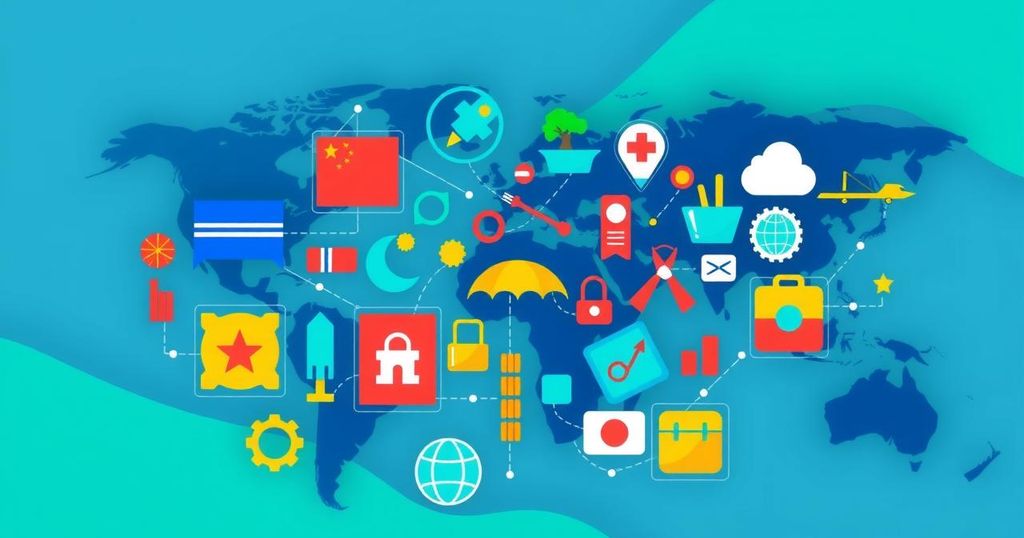Tariff Challenges: India’s Economic Landscape Faces Crossroads

As the U.S. imposes reciprocal tariffs, India’s economic strategy is under scrutiny. Major telecommunications firms are partnering with Starlink, suggesting a shift in trade policy. Historically, high tariffs have protected five major domestic companies, but pressures from the U.S. could force India to adopt a more competitive stance, risking political backlash from farmers and local industries.
The impending deadline of April 2 for imposing reciprocal taxes on imports has prompted India to take preemptive measures to mitigate potential economic fallout. Recently, two major Indian wireless carriers, previously opposed to Elon Musk’s Starlink, have announced partnerships with the satellite internet provider. This shift hints at a broader change in India’s trade policy, particularly in light of the Prime Minister’s discussions regarding lowering tariffs on Tesla imports.
Historically, the Modi administration’s economic strategy has relied on protecting five major national businesses through high tariffs, which were increased from nearly 7% in 2011 to 12% by 2022. This approach included various non-tariff barriers designed to shield these businesses from foreign competition, leading to their substantial growth in market share, from 10% to 18% of non-financial assets over three decades.
The expansion of these conglomerates gained momentum after Modi’s tenure began in 2014, leading to reduced competition and international exposure. As pointed out by former central bank deputy governor Viral Acharya, the absence of competition due to protective tariffs allows these companies to maintain significant domestic revenues across various sectors without the need to venture abroad.
However, under pressure from the Trump administration, India’s “Billionaire Raj” may face challenges. The Modi government has begun advising domestic industries to prepare for a reduced protectionist stance by adopting a more competitive mindset. Additionally, the significant tariffs on agricultural products, particularly high compared to those of the U.S., put Modi in a politically precarious position with local farmers.
Moreover, India’s transition towards U.S. suppliers may encounter pushback from industrialists. Reports suggest that manufacturers may be compelled to replace Chinese components with American goods, which could lead to increased costs. There are also concerns about India potentially aligning too closely with Western interests, which may not serve its national interests amidst the ongoing U.S.-China tensions.
Missteps in shielding India’s economic interests could disrupt initiatives aimed at rivaling China’s success. This is highlighted by India’s growing trade deficit with China, which has doubled in the last decade. With Trump seeking to eliminate India’s trade surplus with the U.S., timing could not be more critical as domestic demand wanes and stock markets are affected negatively, raising the urgency for India to negotiate trade terms before tariffs are enforced.
Ultimately, the emerging landscape prompts a cautionary message for India’s economic elite: the era of exceptional protection may be ending, requiring a strategic pivot that acknowledges the realities of global trade negotiations.
India faces significant pressure from the U.S. regarding its trade policies, especially with looming reciprocal tariffs that could challenge the protection it has afforded to its top businesses. The Modi government must navigate complex domestic and international dynamics to sustain economic growth while addressing the needs of various stakeholders. A shift in strategy toward greater competitiveness and potential collaboration with both American and local producers may be essential for preserving its economic interests without sacrificing its national priorities.
Original Source: www.livemint.com





